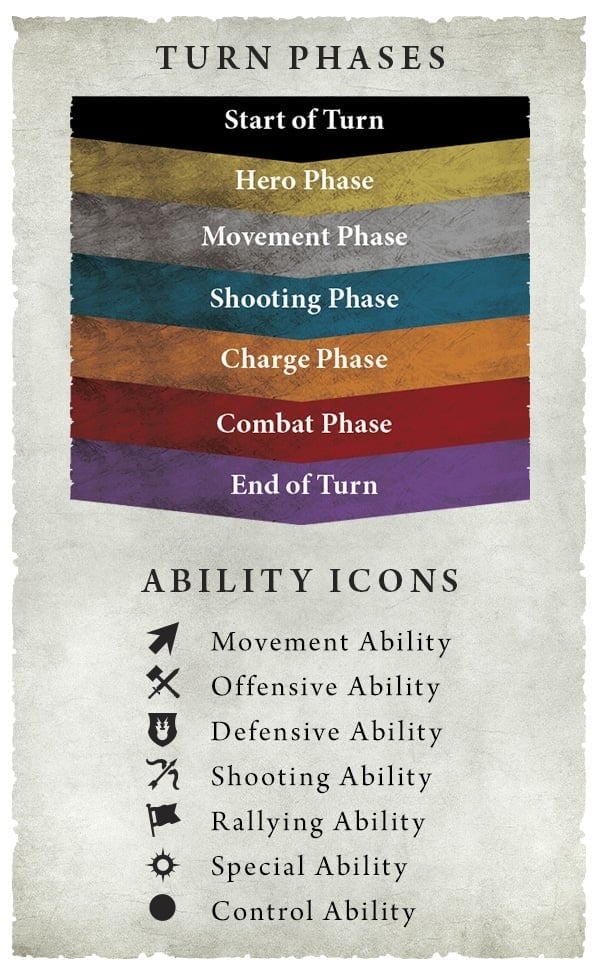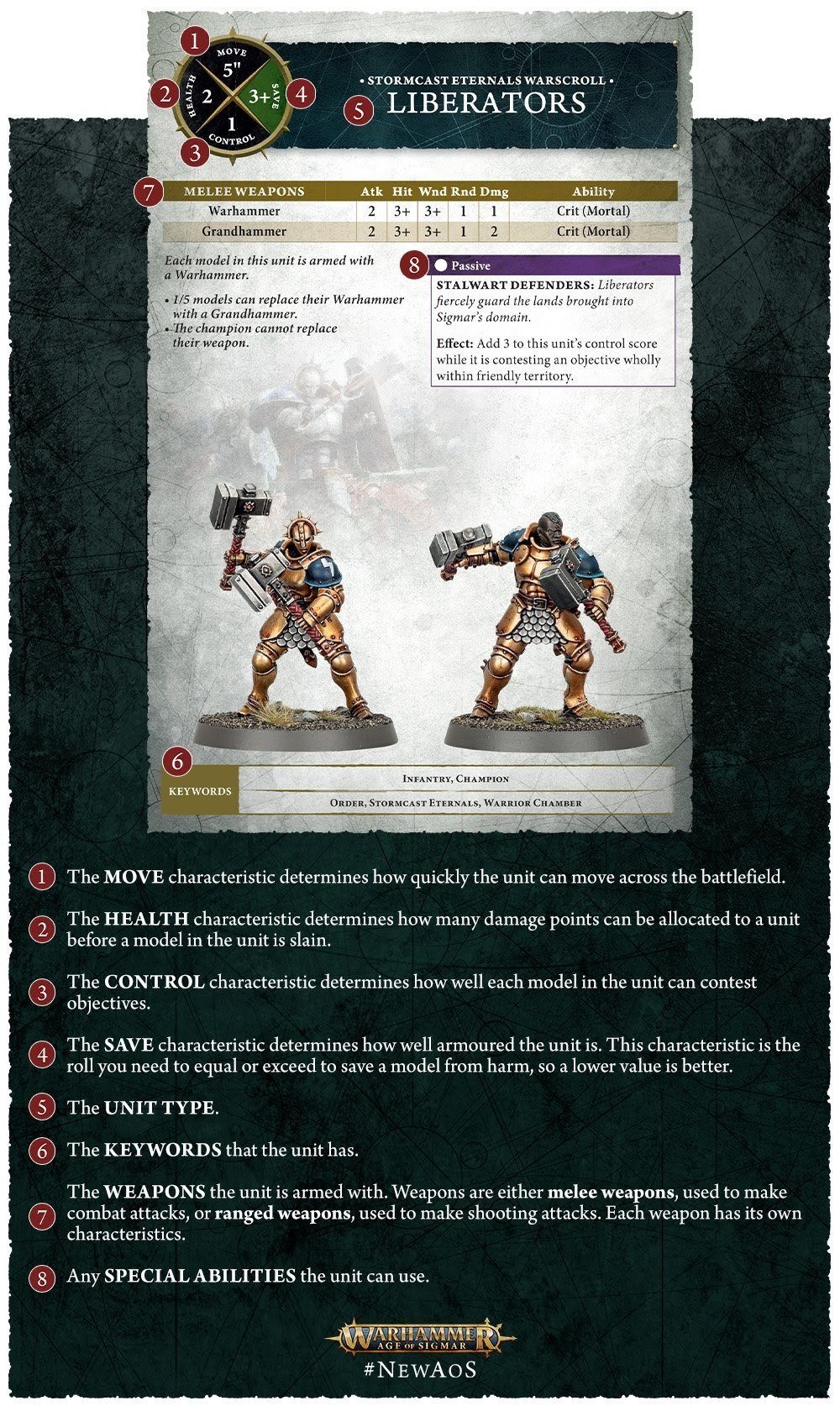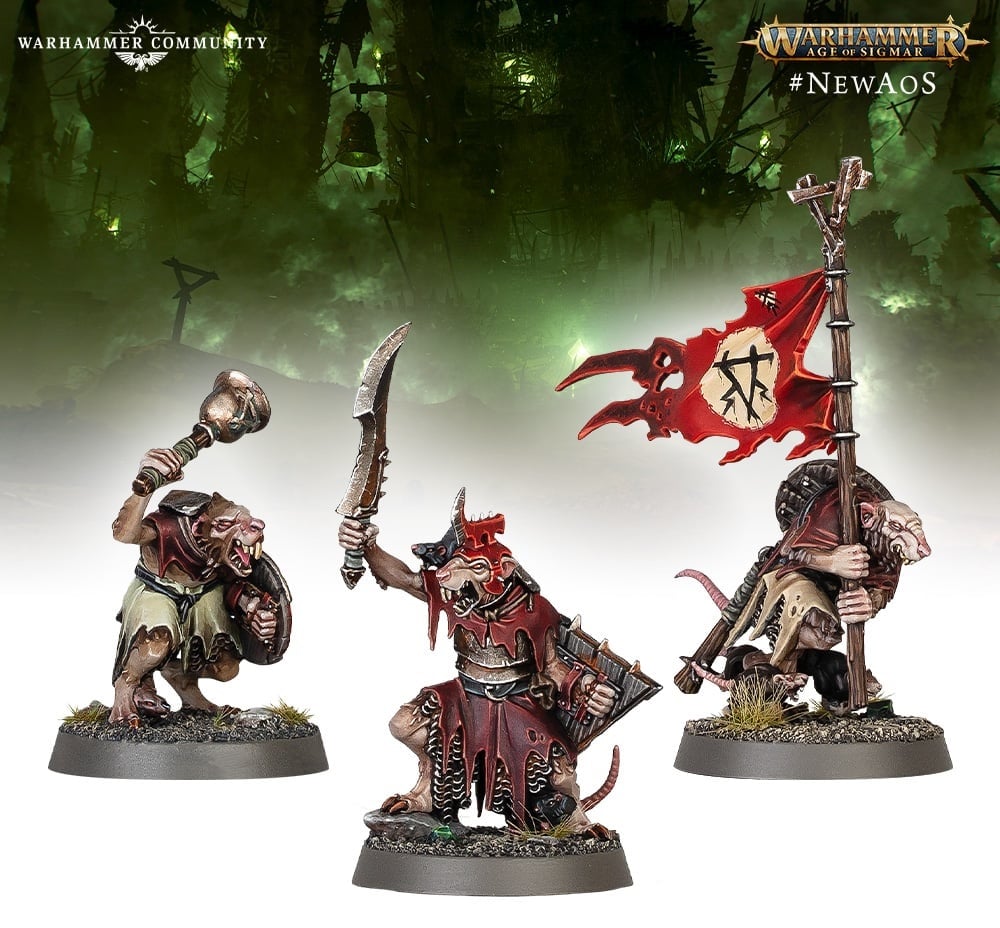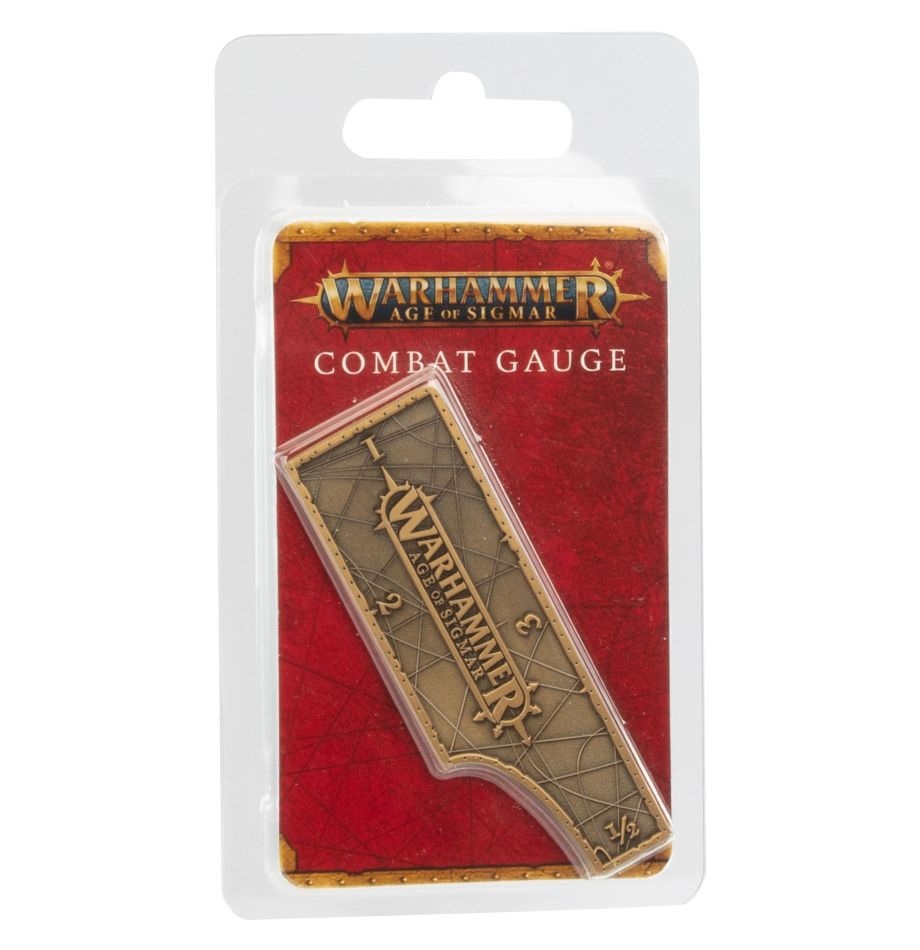Games Workshop has a new interview with some of the minds behind the new edition of Warhammer: Age of Sigmar. Here’s what you need to know.
The new edition has had a complete redesign from the ground up. While that is a massive undertaking Age of Sigmar isn’t so different from the current edition that veteran players will be completely lost either. If anything, the rules are laid out in an easier to understand manner that makes learning the game even easier than before. Teaching new players the basics is intuitive as well. To me, this is a win-win for both types of players.
That said, there are some differences that you need to know about going in as a veteran. These shouldn’t be that much of a shock but you need to be aware of them. There’s also a full interview from WarCom with a few of the game’s masterminds where they go into more details about the new edition. If you want to know some of the “why” behind these changes you can find a lot of them there.
#1 Everything You Can Do Is An Ability
“For the first time, the way abilities work is also universally applied to everything you can do in the game right down to a normal move. There’s no separation between a core ability and a command ability, a rampage, or a warscroll ability – they all follow the same rule structure, making things a lot more consistent.”
When it comes down to it this is a mental shift that applies the verbage for the game. Core mechanics like movement are “abilities” now. And abilities now happen in their respective phases. Speaking of phases…
#2 Turn Phases Change
One of the biggest changes is how the turn phases work in relation to abilities. All abilities are color coded and have symbols to match. These should help players know when exactly you can use an ability. If the name of the ability didn’t clear up when to use it, a quick look at the color/symbol of the ability should clear things up.
#3 Universal Special Rules Are Back
The classic Universal Special Rules (USRs) are back in this edition…but in a limited quantity. There’s no reason to have the same rules written out on every single warscroll — that’s just a waste of space and needless text. Instead, USRs are back and have been named in the keyword section. Things like Champion, Wizard, Priest, etc. are quick and easy to spot USRs on the warscrolls. If you see those words then you can reference them in the Core Rules if you need to look them up. Fortunately, there’s not a TON to memorize and those will quickly become second nature to most players.
#4 The Use of “Wound” Has Been Cleaned up
The use of the word “wound” has been reduced in this edition. You’re no longer rolling “To Wound” and “allocating Wounds” to a model to determine the “Wounds characteristic” threshold before you pull the model. Now, there’s still the “To Wound” roll but weapons apply damage to a unit. And then the models in the unit have a health characteristic. For veteran players this might take a little getting used to as it’s relearning the terminology. But for new players this nomenclature change makes the game much more intuitive.
Bonus Aside: “Wounds” apply to the unit now, too. Damage allocation now just applies the damage to the unit. The controlling player doesn’t allocate the damage to a specific model in the unit anymore either. Now, the controlling player just pulls the miniatures when the Health characteristic is passed. The unit can still have floating damage — but that damage isn’t applied to a specific model. There’s no need to have a token marker following a specific miniature.
#5 Bravery is Gone
The Bravery Stat has been completely removed from the game. Personally, I won’t miss this one bit. I know it was there as a vestigial part of tabletop wargaming. But it never really worked quite how it should have in Age of Sigmar. Units with low Bravery typically had a rule to bypass it or the unit’s Bravery was so high that they basically had to be killed to a man before they would fail battleshock checks. And if the unit wasn’t in either of those two categories, congratulations on losing a couple models and then having to pull the entire unit. That sounds “fun.”
“Sam: The removal of Bravery was one that we thought long and hard about, but were ultimately happy with. In the narrative of Warhammer Age of Sigmar, when a force breaks, that’s typically the end of the battle. Stormcast Eternals or Lumineth Realm-lords don’t slink away from their comrades one-by-one as casualties mount – they hold the line until the bitter end, because if the line breaks, that’s it for them. Even Clanrats know that there’s safety in numbers!”
Bonus: #6 Combat Range is 3″
This one is going to take a little getting used to but for all melee ranges, the combat range is 3″. If a model is within 3″ of an enemy, they get to fight, plain and simple.
“Ben: The combat range of 3″ has a lot of wide-reaching effects across the game. In the Combat Phase it reduces the amount of fiddly piling that you need to do, but on top of that it is now a measurement that can be easily used for buffs and debuffs, character protection, and objective control. It’s great, you just get your combat gauge out, and you’re good. It stops you from repeating measurements multiple times per game, and speeds things up substantially.”
Personally, I love this change as it really cuts down on some of the rather silly formations and pile-in shenanigans. I’m really looking forward to getting in there with the new combat range and playing games!
Subscribe to our newsletter!
Get Tabletop, RPG & Pop Culture news delivered directly to your inbox.
Get a combat gauge. These are EXTREMELY useful in the new edition.
Well those are the really BIG changes you’ll want to know going into Warhammer: Age of Sigmar 4th Edition. What else do you think is worth calling out?
Don’t Miss:
Writer, Editor, Texas Native, and now Tex-Pat, Adam covers all things Tabletop Gaming. Which includes Warhammer 40,000, Age of Sigmar, D&D, Board Games and everything else that involves dice, boards, cards and a table.
A hobbyist, player, and collector of miniatures and games, Adam’s current obsession are his Death and Chaos Armies for Age of Sigmar, his Blood Angels and Tyranids for 40k, an expanding collection of Marvel: Crisis Protocol minis, and his ever growing Arkham Horror: The Card Game Collection.
Read more at this site




